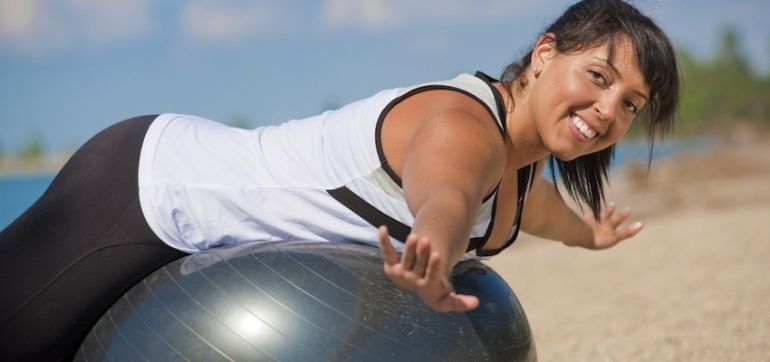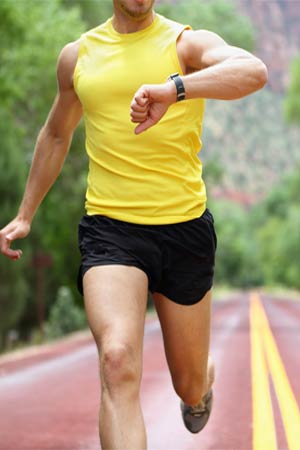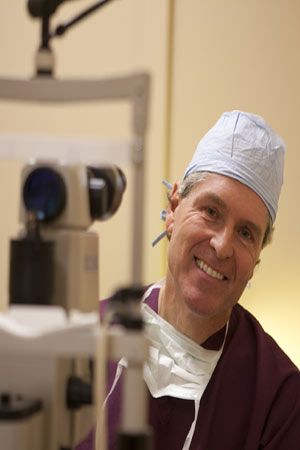Spa Career
The term spa is traditionally used to mean a place where water that is believed to have special health-giving properties occurs. This is usually a mineral or hot spring, and can include cold water treatments. The term is derived from the Belgian town of Spa.
A business traveler wants to minimize jet lag. A mother of three wants some time to herself. A group of friends plans a birthday celebration. A man with back pain seeks relief. A teenager is troubled by acne. A weekend warrior is sore from overexertion. A man decides to stop smoking. A busy executive wants to rediscover spirituality. A woman wants help establishing a safe and effective exercise regimen. An obese man needs help controlling his weight. A pregnant woman wants to feel more comfortable. A couple wants to reconnect. Where can all these people go for help? A spa.
The growing spa industry, valued at around 6 billion dollars in the US alone (ISPA Industry Study 2000, Price Waterhouse Coopers LLP), represents more than just another consumer market. It reveals a pressing need for those in the wealthy western world to re-evaluate rather than elaborate their life-styles.
A destination spa or resort spa is a business establishment which people visit for personal care treatments such as massages and facials in a hotel setting. Destination spas are often in exotic locations or in spa towns. Destination spas offer similar services to a beauty salon or a day spa, but people reside at a destination spa instead of just visiting for a treatment. Resort spas are generally located in resorts.
Today's spa is a center for healing and nourishing mind, body, and spirit. People go to spas for fitness, stress management, peace of mind, pampering and pleasure, and health and wellness. Spas offer a wide variety of techniques and services - traditional and modern, from the East and from the West - to meet the diverse needs of their clients: Swedish, Japanese Shiatsu, and Thai massage, European facials, acupuncture, Dead Sea salt scrubs, Moor mud wraps, aromatherapy, reflexology, reiki, aura imaging, hypnotherapy, classes in nutrition, meditation, journaling, yoga and Tai Chi, state-of-the-art fitness centers with personal trainers, and much more. Other types of spas include day spas, club spas, cruise ship spas, medical spas, and mineral spring spas.
Typical spa services include:
?nutrition counseling
?weight loss
?medical treatment
?massage
?reflexology
?facials ?facial cleansing with a variety of products
?nail care
?waxing ?the removal of body hair with hot wax
?body treatments such as body wraps, aromatherapy
?skin exfoliation
Not every spa includes every domain. Spas come in many shapes, sizes, and focuses - from day spas where you can get a single treatment to destination spas where you can stay for a week or more to medical spas that treat cosmetic and chronic health problems.
For well over a decade now, it's become increasingly clear that hotel and resort spas are here to stay! Properties that added a spa or upgraded their existing spa have benefited enormously. Increasingly, the savvy, health-conscious guest will choose to spend time at a property where spa services are offered. Since prestige levels, as well as occupancy levels, are elevated, staffing these spas with top-quality personnel will continue to be a priority for these hotels and resorts.
In order to become a spa therapist you need to have a unique combination of skills and require a great deal of training. You will also have to possess an almost unrivalled ability in a vast array of skills. You will have to be an excellent communicator not only with your friends and the people you know well, but with people from every age group, social background, ethnic origin, occupation and gender.
?You will need to have a high degree of physical stamina due to the nature of the work and long working hours
?You will have to learn basic rules of chemistry, physics, human anatomy, physiology and mathematics
?You should be highly dextrous
?Your personality should be vibrant, sparkling, strong and interesting
?You should be diplomatic, sympathetic and have the ability to listen and communicate well
?You will have to be prepared to undertake a long initial training and then to continue training for the rest of your working life.
To find all these qualities in a single individual is very difficult. That is why good spa therapists are rare and rare skills should be rewarded. The pay while training may be low, but it is often enhanced with tips and gratuities from clients and will be increased further by commission earned through selling retail products to clients. Spa therapists in top spas and those who progress to supervisory or management positions will earn even more.
Spa Directors
A Spa Director at a top-quality resort or hotel will oversee many areas, such as staffing, training, product purchasing, merchandising, setting up a strong retail outlet, budgeting and forecasting. He or she may be asked to help market the spa and be knowledgeable about Internet advertising and have Public Relations' contacts. Spa Directors are often asked to help design new or additional spa areas and see the project through to opening. A seasoned Spa Director with a broad range of experience may be compensated in the $70-125K range.
A Spa Director just starting out at a small to mid-sized spa will, of course, not be offered as high a salary. The general salary range for this Director will typically be in the $50-65K range. All candidates must have a high level of operational experience and several certifications, including CPR and First Aid. The letters in CPR stand for cardiopulmonary resuscitation, a combination of rescue breathing (mouth-to-mouth resuscitation) and chest compressions. If a man isn't breathing or circulating blood adequately, CPR can restore circulation of oxygen-rich blood to the brain. Without oxygen, permanent brain damage or death can occur in less than 8 minutes.
Assistant Spa Directors/ Spa Operations Managers
Salary range is generally $40-65K, dependent on the factors cited above and location, cost of living, etc. Candidates must have previous experience in a spa setting.
Taking a CPR Course
Qualified instructors use videos, printed materials, and demonstrations on mannequins representing infants, children, and adults to teach proper techniques for performing CPR. The American Heart Association's basic life support course that includes CPR lasts about 6 hours and is sometimes held in two separate sessions. The courses teach CPR procedures for infants (under 1 year old), children (1 to 8 years old), and adults.
Participants practice the techniques on mannequins and have opportunities to ask questions and get individualized instruction. The final test for the course is a combination of demonstrating CPR skills and taking a written test.
Once considered to be a luxury, the services offered by spa therapists are enjoyed by an ever-increasing number of people. Spa facilities range from day spas, to spas in hotels and holiday resorts, some of which are in exotic locations.
Related Articles
-
Lose Belly Fat Tips
Its no surprise that one of the main concerns today is weight loss.
-
Cabbage Soup Diet A One Week Diet Plan
When you looking for a convenient start to any diet plan, following th
-
Easy Ways to Trick Yourself Into Eating Less
One of the most straightforward ways to lose weight is to reduce your
-
How to Lose Weight Fast Without Spending Too Much
Most people think that you have to spend
-
Teens! Do You Really Need To Lose Weight?
This question may seem like a no-brainer to you, but not everyone need
-
The Perfect Exercise For Weight Loss
Of all the exercise programs that you ca
- DON'T MISS
- Eating Tips
- Weight Loss Secret Think Bodybuilding
- Considering Weight Loss Surgery?
- Fad Diets - Are They Fuelling A Quick Fix Society?
- B12 Shots Can Certainly Maximize Your Nutritional Values
- Several ways to find out what’s the perfect weight losing diet strategy
- Tummy Fat
- Abdominal Flattening Workouts
- Are You Doing All the Right Things and Still Not Losing Weight? Discover What's Missing
- Roids to Reverse Inflammation?




